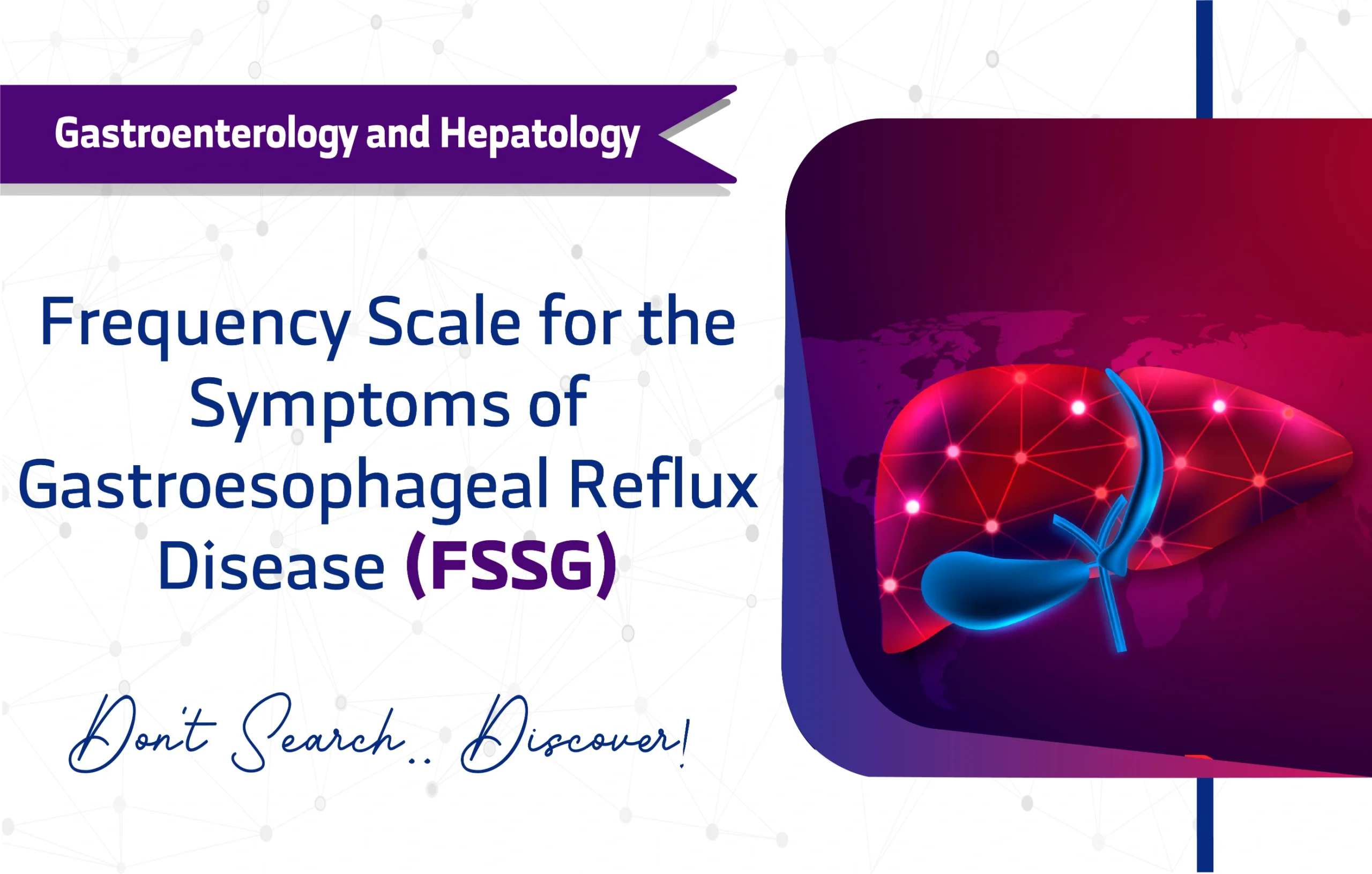Introduction
The Modified Rankin Scale (mRS) is a cornerstone in neurological research and clinical practice, widely used to assess disability and functional independence following a stroke or other neurological events.
Originally developed by John Rankin in 1957 and later refined by Warlow and van Gijn in 1988, the mRS has become a gold standard in seminal trials like ECASS-III and MR-CLEAN, cited over 5,000 times in academic literature (Banks & Marotta, 2007). Its simplicity and reliability make it indispensable for researchers and clinicians evaluating patient outcomes.
Consequently, this article explores the mRS’s features, applications, and limitations, offering actionable insights for its use in scientific and clinical settings.
Key Features of the Modified Rankin Scale (mRS)
Purpose and Use
The mRS is designed to measure the degree of disability or dependence in patients’ post-stroke or neurological events. By providing a standardized metric, it enables clinicians to assess functional outcomes and researchers to compare treatment efficacy across studies. Additionally, its single-score format simplifies data collection in high-pressure clinical environments.
Target Population
The mRS is validated for adults aged 18 and older, including young adults (18–24), middle-aged adults (25–44), older adults (45–64), and seniors (65+). Its broad applicability makes it suitable for diverse neurological conditions, particularly stroke.
Structure
Unlike multi-item questionnaires, the mRS uses a single rating scale ranging from 0 to 6, covering:
- Neurological Disability: Assesses the spectrum of disability levels from no symptoms to death.
- Functional Independence: Evaluates a patient’s ability to perform daily activities.
The scale’s concise structure ensures quick administration, making it practical for both clinical and research settings.
Scoring Method
The mRS employs a straightforward scoring system from 0 to 6:
- 0: No symptoms.
- 1–2: Mild disability (able to perform most activities).
- 3–5: Moderate to severe disability (increasing dependence).
- 6: Death.
Cut-off scores categorize outcomes as follows:
- 0–2: Good functional outcome.
- 3–6: Poor functional outcome.
Consequently, this clear delineation aids in treatment evaluation and patient monitoring.
Administration Format
The mRS takes less than 5 minutes to administer, making it highly efficient. It can be conducted via:
- Paper-based forms
- Digital (Online) platforms
- Mobile apps
- In-person interviews
- Phone or video calls
Basic training is recommended to ensure consistent scoring, though no advanced certification is required.
Applications of Modified Rankin Scale (mRS)
The mRS serves multiple roles in clinical and research settings:
- Screening: Identifies patients with significant disability post-stroke.
- Monitoring: Tracks changes in functional status over time.
- Research: Standardizes outcome measurement in clinical trials.
For instance, its use in trials like ECASS-III has informed stroke treatment protocols globally. Additionally, its compatibility with related tools like the NIH Stroke Scale (NIHSS) and Barthel Index (BI) enhances its utility in comprehensive assessments.
Languages and Availability
The mRS is available in multiple languages, enhancing its global utility. These include:
- Arabic
- English
- Mandarin Chinese
- Spanish
- French
- German
- Portuguese
- Japanese
- Hindi
- Russian
This multilingual accessibility supports its use in international research and clinical trials.
The Modified Rankin Scale (mRS) is in the public domain, with no single publisher owning it, making it freely available for both academic and clinical use without the need for licensing or permission. This accessibility ensures researchers and clinicians can utilize the mRS in various settings, including commercial applications, without financial or administrative barriers.
Reliability and Validity
The mRS is highly reliable and valid, with extensive validation across stroke populations. A key study (Banks & Marotta, 2007) confirmed its robustness, showing consistent results in clinical trials. The mRS exhibits strong inter-rater reliability, with Cohen’s kappa values ranging from 0.7 to 0.9, indicating substantial to almost perfect agreement between assessors. It’s reliability stems from standardized scoring and widespread use in trials like MR-CLEAN. Moreover, the mRS demonstrates sensitivity to changes in disability, making it a trusted tool for longitudinal studies.
Limitations and Considerations
However, despite its strengths, the mRS has a few limitations:
- Subjectivity: Scores depend on examiner interpretation, which can affect reproducibility.
Additional Resources
For more information on the mRS and to access the full questionnaire, visit the following resources:
Frequently Asked Questions (FAQ)
- Who can use the mRS?
Clinicians and researchers assessing disability in adults (18+) post-stroke or neurological events. - How long does it take to complete the mRS?
It takes less than 5 minutes, ideal for rapid clinical assessments. - How is the mRS administered?
It supports paper, digital, mobile app, in-person, or phone/video formats for flexibility. - Is there any cost to using the mRS?
The Modified Rankin Scale (mRS) is free for all uses, as it is in the public domain, requiring no permission for non-commercial or commercial applications. - Is there another version of mRS?
A notable adaptation is the Modified Rankin Scale Structured Interview (mRS-SI), which standardizes administration to reduce subjectivity and improve reproducibility.
A word from ResRef about Modified Rankin Scale (mRS)
The Modified Rankin Scale (mRS) remains a cornerstone tool for evaluating post-stroke disability and continues to evolve with ongoing research. Whether you’re a researcher analyzing trial outcomes or a clinician optimizing patient care, the mRS offers critical insights into functional independence. Consequently, it drives better decision-making and improved patient outcomes.
References
- Banks JL, Marotta CA. Outcomes validity and reliability of the modified Rankin scale: implications for stroke clinical trials: a literature review and synthesis. Stroke. 2007 Mar;38(3):1091-6. doi: 10.1161/01.STR.0000258355.23810.c6. Epub 2007 Feb 1. PMID: 17272767. (link)
- Broderick JP, Adeoye O, Elm J. Evolution of the Modified Rankin Scale and Its Use in Future Stroke Trials. Stroke. 2017 Jul;48(7):2007-2012. doi: 10.1161/STROKEAHA.117.017866. Epub 2017 Jun 16. PMID: 28626052; PMCID: PMC5552200. (link)








